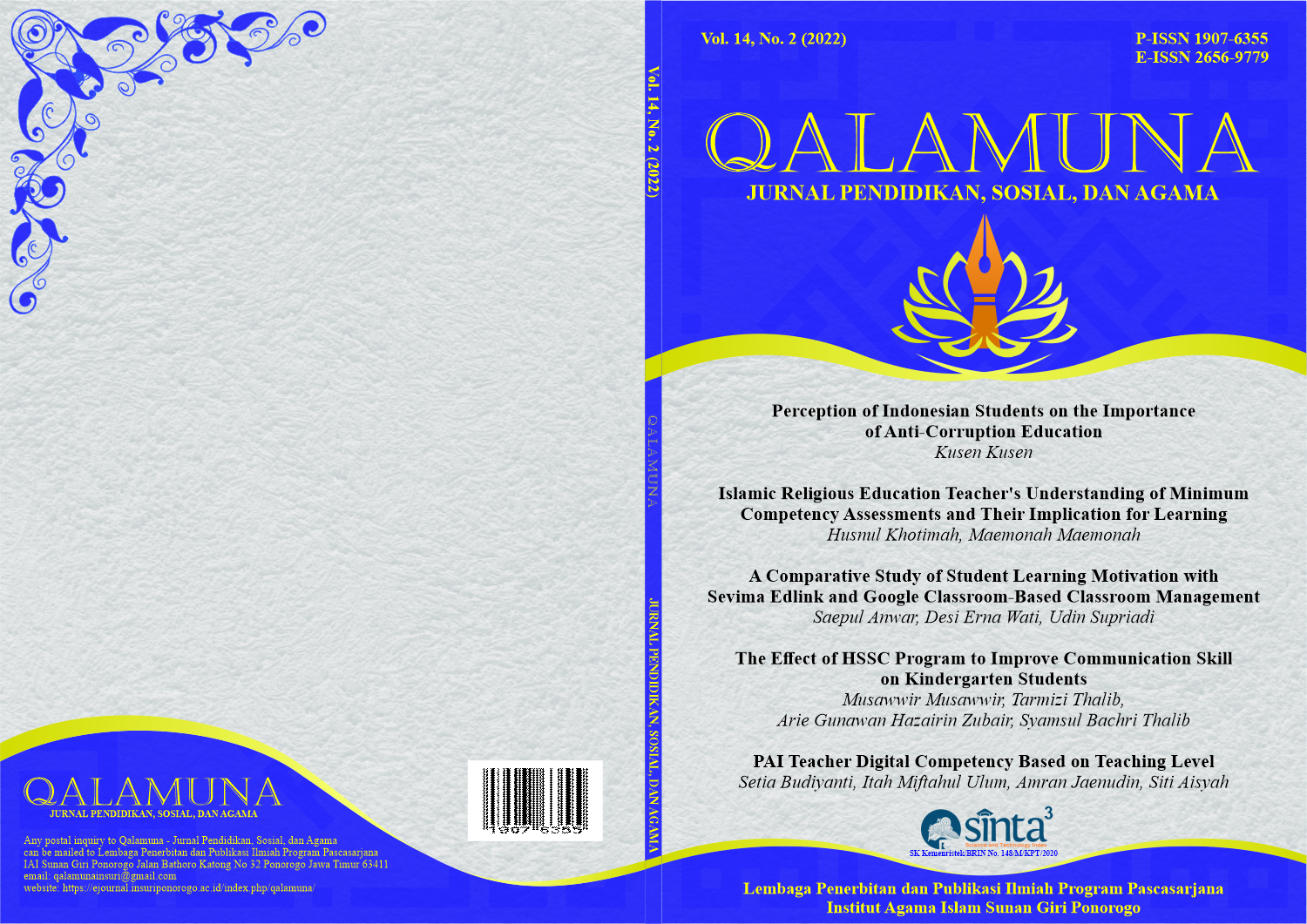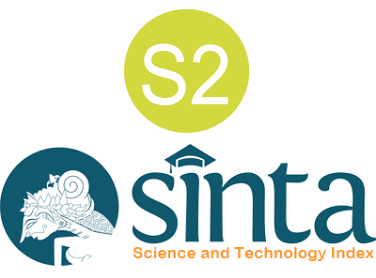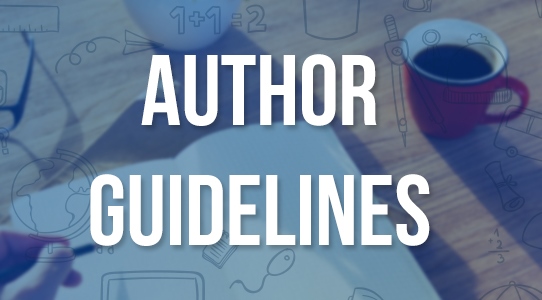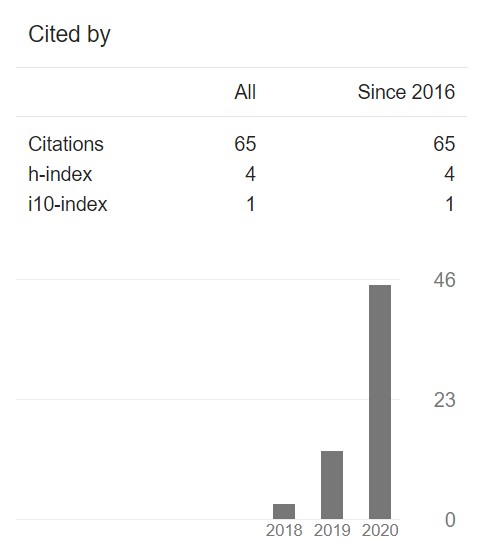Development of a Multidimensional Curriculum Evaluation Model for the Independent Curriculum in Elementary Schools
DOI:
https://doi.org/10.37680/qalamuna.v14i2.3617Keywords:
Evaluation of Curriculum, Independent Curriculum, Multidimensional, Elementary School.Abstract
This study aims to develop a multidimensional curriculum evaluation model (ECM) for the Independent Curriculum in Elementary Schools (SD). Independent Curriculum is a curriculum that allows teachers to design quality learning based on students’ needs and environment. It focuses on enhancing students’ character and competencies through the Pancasila student profile project. A comprehensive, systematic, and continuous evaluation model is required to ensure Independent Curriculum’s quality and relevance. The research method is R&D using the ADDIE model with five stages: analysis, design, development, implementation, and evaluation. The subjects are teachers, principals, supervisors, and curriculum experts. Data are collected through questionnaires, interviews, observations, and documentation. Data are analyzed quantitatively and qualitatively. The results show that ECM has six evaluation dimensions: context, input, process, product, impact, and meta-evaluation, which suit the Independent Curriculum’s characteristics in SD. ECM can evaluate various curriculum aspects: objectives, content, strategies, media, learning resources, assessment, learning outcomes, and curriculum impact. ECM also has a computer application program that simplifies the evaluation process and reporting. ECM receives positive feedback from the subjects and is valid, reliable, practical, and effective. The study concludes that ECM can improve Independent Curriculum quality in SD.
Downloads
References
Aulia Ismail, M., & Qolbiyah, A. (2022). Jurnal Penelitian Ilmu Pendidikan Indonesia (JPION) Volume1, Number 1. https://jpion.org/index.php/jpi1https://jpion.org/index.php/jpi
Bonello, M., & Meehan, B. (n.d.). The Qualitative Report Transparency and Coherence in a Doctoral Study Case Analysis: Reflecting on the Use of NVivo within a “Framework” Approach (Vol. 24). https://nsuworks.nova.edu/tqr/vol24/iss3/4
BSKAP, K. 2022. (n.d.). Dimensi, Elemen, dan Subelemen Profil Pelajar Pancasila pada Kurikulum Merdeka.
Budoya, C. M., Kissake, M. M., & Mtebe, J. S. (2019). Instructional design enabled Agile Method using ADDIE Model and Feature Driven Development method. In International Journal of Education and Development using Information and Communication Technology (IJEDICT) (Vol. 15). www.agilemanifesto.org
Cahyadi, D., Faturahman, A., Haryani, H., Dolan, E., & Millah, S. (2021). BCS : Blockchain Smart Curriculum System for Verification Student Accreditation. International Journal of Cyber and IT Service Management, 1(1), 65–83. https://doi.org/10.34306/ijcitsm.v1i1.20
Cooksey, R. W. (2020). Descriptive Statistics for Summarising Data. In Illustrating Statistical Procedures: Finding Meaning in Quantitative Data (pp. 61–139). Springer Singapore. https://doi.org/10.1007/978-981-15-2537-7_5
Hutahaean, B. (2014). PENGEMBANGAN MODEL EVALUASI KURIKULUM MULTIDIMENSI UNTUK KURIKULUM BERBASIS KOMPETENSI. Jurnal Cakrawala Pendidikan, 2(2). https://doi.org/10.21831/cp.v2i2.2145
Hutahaean, B. (2021). Pengembangan Model Evaluasi Kurikulum Multidimensi untuk Kurikulum Berbasis Kompetensi (Tim Penerbit NEM, Ed.; 1st ed., Vol. 1). Penerbit NEM.
Kepmendikbudristek 56-2022. (n.d.). Kepmendikbudristek 56-2022 Pedoman Penerapan Kurikulum dlm Rangka Pemulihan Pembelajaran.
Nouraey, P., Al-Badi, A., Riasati, M. J., & Maata, R. L. (2020). Educational Program and Curriculum Evaluation Models: A Mini Systematic Review of the Recent Trends. In Universal Journal of Educational Research (Vol. 8, Issue 9, pp. 4048–4055). Horizon Research Publishing. https://doi.org/10.13189/ujer.2020.080930
Pendidikan Dasar dan Memengah, J., Asesmen dan Pembelajaran Badan Penelitian dan Pengembangan dan Perbukuan Kementerian Pendidikan, P., & Teknologi Jakarta, dan. (n.d.). Panduan Pengembangan Projek Penguatan Profil Pelajar Pancasila.
Permendikbudristek 21, 2022. (n.d.). Permendikbudristek 21-2022 Standar Penilaian Pendidikan PAUD, Dikdas, & Dikmen.
Prasetyo, Y. T., Castillo, A. M., Salonga, L. J., Sia, J. A., & Seneta, J. A. (2020). Factors affecting perceived effectiveness of COVID-19 prevention measures among Filipinos during Enhanced Community Quarantine in Luzon, Philippines: Integrating Protection Motivation Theory and extended Theory of Planned Behavior. International Journal of Infectious Diseases, 99, 312–323. https://doi.org/10.1016/j.ijid.2020.07.074
Revisi Ke-, E., Standar, B., Asesmen Pendidikan Kementerian Pendidikan, D., Teknologi, D., Indonesia, R., & Pengembangan, P. (2022). Panduan Pengembangan Kurikulum Operasional di Satuan Pendidikan.
Riyan Rizaldi, D., & Fatimah, Z. (2022). Merdeka Curriculum: Characteristics and Potential in Education Recovery after the COVID-19 Pandemic conditions of the Creative Commons Attribution license (CC BY-NC-ND) (http://creativecommons.org/licenses/by-nc-nd/4.0/). In International Journal of Curriculum and Instruction (Vol. 15, Issue 1). https://orcid.org/0000-0000-0000-0000
Rizki, R. A., & Fahkrunisa, L. (2022). Evaluation of Implementation of Independent Curriculum. In Journal of Curriculum and Pedagogic Studies (JCPS) (Vol. 1, Issue 4). https://e-journal.lp2m.uinjambi.ac.id/ojp/index.php/jcps
Sari, I. K. (2021). Blended Learning sebagai Alternatif Model Pembelajaran Inovatif di Masa Post-Pandemi di Sekolah Dasar. Jurnal Basicedu, 5(4), 2156–2163. https://doi.org/10.31004/basicedu.v5i4.1137
SK Kepala BSKAP 033, 2022. (n.d.). Capaian Pembelajaran PAUD, Dikdas, & Dikmen pd KM (SK Kepala BSKAP 033-2022).
Stojadinovic, Z., Bozic, M., Nadaždi, A., & Nadaž, A. DI. (n.d.). Development and Implementation of Evaluation Framework for Quality Enhancement of Outcome-Based Curriculum Proofs Development and Implementation of Evaluation Framework for Quality Enhancement of Outcome-Based Curriculum*. https://www.researchgate.net/publication/350176453
Stufflebeam, D. L. (2000). THE CIPP MODEL FOR EVALUATION.
Stufflebeam, D. L. (2007). CIPP EVALUATION MODEL CHECKLIST [Second Edition] A tool for applying the CIPP Model to assess long-term enterprises Intended for use by evaluators and evaluation clients/stakeholders. www.wmich.edu/evalctr/checklists
Sugiyono. (2019). Metode Penelitian Pendidikan (Kuantitatif, Kualitatif, Kombinasi, R & D, dan Penelitian Pendidiikan (Alfabeta, Ed.; 1st ed., Vol. 1). Alfabeta.
Suksesi, S., & Subkhan, E. (2022). The Management Process of the Emergency Curriculum and Its Influential Factors: Insight from the Field. Indonesian Journal of Curriculum and Educational Technology Studies, 10(1), 45–56. https://doi.org/10.15294/ijcets.v10i1.56103
Suryadi, A., & Budimansyah, D. (2016). Advance school leadership, progress teaching approach and boost learning: The case of Indonesia. New Educational Review, 45(3), 76–86. https://doi.org/10.15804/tner.2016.45.3.06
Widiastuti, N. I. (2018). Deep Learning - Now and Next in Text Mining and Natural Language Processing. IOP Conference Series: Materials Science and Engineering, 407(1). https://doi.org/10.1088/1757-899X/407/1/012114
Zhang, G., Zeller, N., Griffith, R., Metcalf, D., Williams, J., Shea, C., & Misulis, K. (2011). Using the Context, Input, Process, and Product Evaluation Model (CIPP) as a Comprehensive Framework to Guide the Planning, Implementation, and Assessment of Service-learning Programs Introduction and Review of Literature. In Journal of Higher Education Outreach and Engagement (Vol. 15, Issue 4).
Downloads
Published
How to Cite
Issue
Section
License
Authors who submit manuscript retain its copyright and grant publisher right of first publication licensed under a Creative Commons Attribution-ShareAlike 4.0 International License (CC BY-SA 4.0) that allows others to access (search, read, download, and cite), share (copy and redistribute the material in any medium or format) and adapt (remix, transform, and build upon any material) the work for any lawful purpose, even commercially with an acknowledgement of the work's authorship and initial publication in Qalamuna: Jurnal Pendidikan, Sosial, dan Agama.













